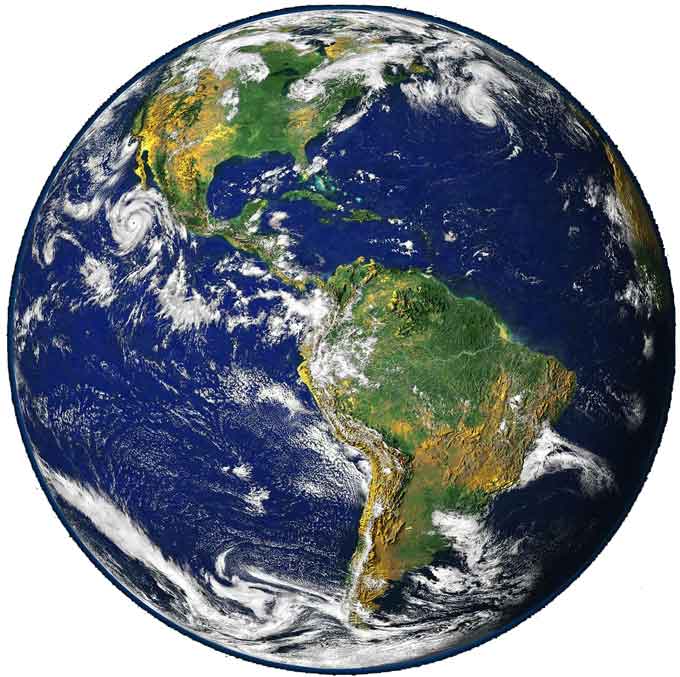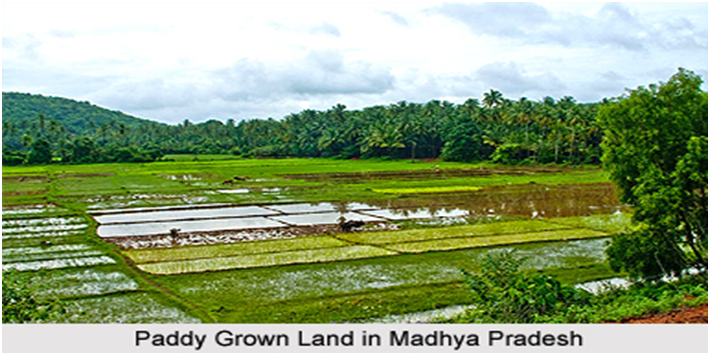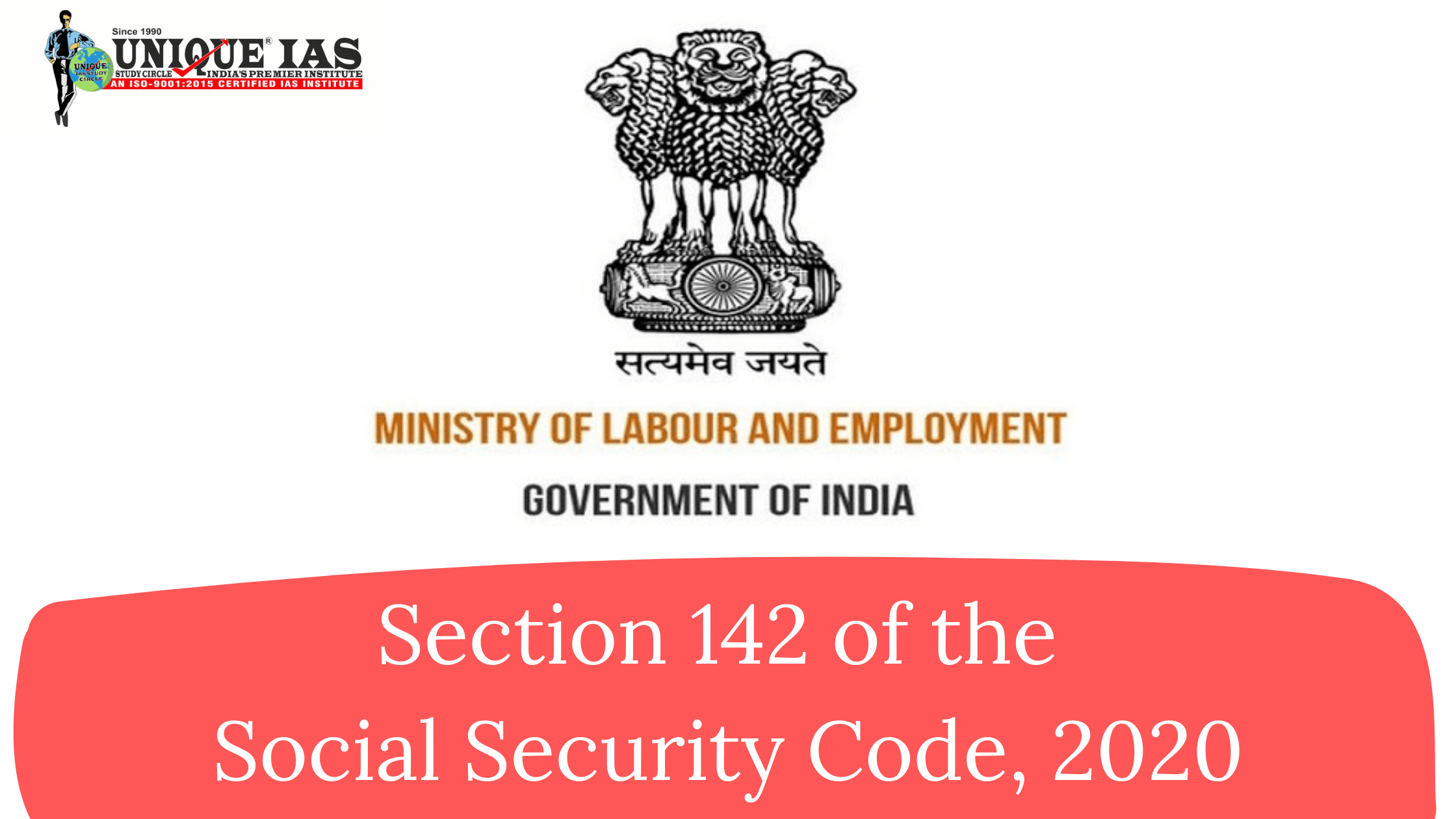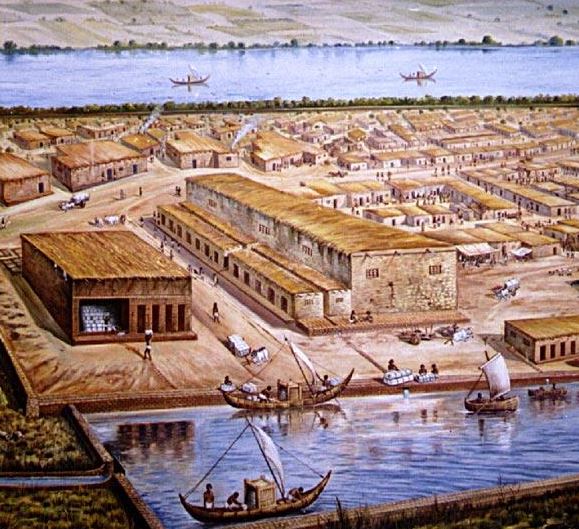Our Earth
Earth is the 3 rd planet from the Sun and the only planet in the Universe to have life. According to radiometric dating Earth formed over 4.5 billion years ago . Earth revolves around the Sun in 365.26 days, a period known as an Earth year.
During this time, Earth rotates about its axis about 366.26 times.
Around 71% of Earth's surface is covered with water, mostly by oceans. The remaining 29% is land consisting of continents and islands that together have many lakes, rivers and other sources of water that contribute to the hydrosphere.
The shape of Earth is approximately oblate spheroidal(Shape of Orange). Due to rotation, the Earth is flattened at the poles and bulging around the equator. The diameter of the Earth at the equator is 43 kilometres (27 mi) larger than the pole-to-pole diameter.
The average diameter of the reference spheroid is 12,742 kilometres
Earth's mass is approximately 5.97×1024 kg (5,970 YgOneyottagram (Yg, 1024 grams, one septillion grams), equals one exaton (Et, 1018 tons, one quintillion tons)
-It is composed mostlyof iron (32.1%),, oxygen (30.1%), silicon (15.1%), magnesium(13.9%), sulfur (2.9%), nickel (1.8%), calcium (1.5%), and aluminium (1.4%).
The mass-abundance of the nine most abundant elements in the ….Earth's crust is approximately:
1-Oxygen-46%, 2-Silicon -28%, 3-Aluminum 8.2%, 4-Iron 5.6%, Calcium4.2%, Sodium 2.5%, magnesium 2.4%, potassium2.0%, and titanium 0.61%. Other elements occur at less than 0.15%
Q- Which is the most abundant metal in the Earth's crust?
- Most abundant element is Oxygen followed by Silicon. Both of these are non-metals. Silicon is followed byAluminium which is most abundant metal.
Silicon is neither metal nor non-metal; it's a metalloid, an element that falls somewhere between the two.
Interior of Earth
The total radius of earth is 6400 Km .Its total …..circumference is around 40,000 Km.
Its average densityis 5.5 g/cm³
It has following 3 parts.
1-Core –
Its density is 15-20 .Ni& Fe are found .It is found in molten form .
Its radius is 3475 Km.
Why inner core is solid?
The inner core is indeed hotter than the outer core. However, the PRESSURE in the inner core is greater than the pressure on the outer core and the melting point of iron, the main constituent of the core, INCREASES as the pressure goes up. The pressure and density are simply too great for the iron atoms to move into a liquid state
So,because the pressure effect overrides the temperature effect, the inner core is solidified.
2-Mantle–
Si & Mg arefound .
Its thickness is 2900 km.
The Asthenosphere
The asthenosphere (from Greek 'weak' + "sphere") is the highly viscous, mechanically weak and ductilely deforming region of the upper mantle of the Earth.
It lies below the lithosphere, at depths between approximately 80 and 200 km (50 and 120 miles) below the surface.
The Lithosphere-Asthenosphere boundary is usually referred to as LAB.
The asthenosphere is a part of the upper mantle just below the lithosphere that is involved in plate tectonic movement and isostatic adjustments. The lithosphere-asthenosphere boundary is conventionally taken at the 1300 °C isotherm, above which the mantle behaves in a rigid fashion and below which it behaves in a ductile fashion.
3-Crust –
its relative density is in between 2-2.5.
Its depth is 64 Km(40Km).
Si& Al are found.
Continental crust-Least dense
The thicker crust is continental crust, which is less dense and composed of (felsic) sodium potassium aluminium silicate rocks, like granite.
The rocks of the crust fall into two major categories – Sial and Sima . It is estimated that sima starts about 11 km below the Conrad discontinuity (a second order discontinuity).
– Mechanically, Earth can be divided into lithosphere, asthenosphere, mesospheric mantle, outer core, and the inner core
lithosphere-
The uppermost mantle together with the crust constitutes the lithosphere.
The concept of Sidereal Day, Solar day,Sidereal month & Solar month-
Sidereal Day –
It is time taken for one complete rotation by the earth around its axis.
It is 4 min. less than the solar day and its value is 23 hours56 min 4.1 sec.
Sidereal time is time measured with respect to the apparent motion of the 'fixed' stars in the sky due to the Earth's rotation.
Solar Day –
Its value is 24 hrs. Because at the same time earth revolves & to come in a straight line in relation to sun , it has to move 4 min. extra.
Sidereal Month –
It is the actual time taken by moon to complete 1 revolution around the earth. Its value is 27.321661 days (27 day 7 hr 43 min. 11.5 sec).
Lunar Month –
Its value is 29.53 days, because moon has to travel extra in order to reach on the same longitude of the earth. Thus, the synodic month, orlunar month, is longer than the sidereal month.
The concept of Torrid Zone ,Temperate Zone ,GMT ,IDL ,Daylight saying
Torrid Zone –(Tropical Zone)
Zone between 0 -23.5º.
Sub Tropical Zone-
Belongs to parts of the world that are immediately south or north of the tropics (= the hottest areas) and have very hot weather at some times of the year.
Temperate Zone –
Zone between 23.5 ºto 66.5º.
Frigid Zone
The meaning of FRIGID ZONE is the area or region between the arctic circle and the north pole or between the antarctic circle and the south pole.
Longitudes-
Vertical imaginary lines on globe,
Latitudes-
Horizontal imaginary lines on globe.




.jpg)
.jpg)
.jpg)
.jpg)
.jpg)
.jpg)



.jpg)
